Dinakar Prabhu
A Temporal Convolution Network Approach to State-of-Charge Estimation in Li-ion Batteries
Nov 19, 2020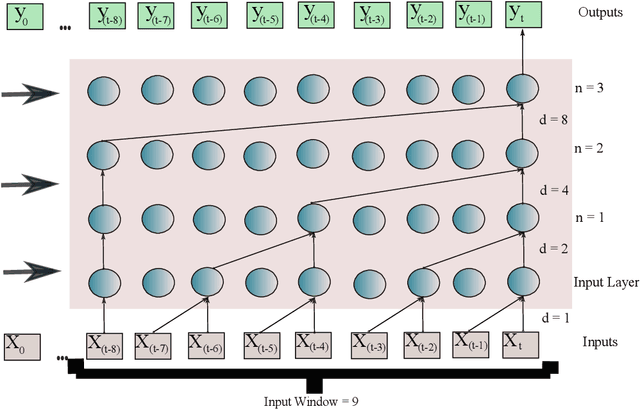

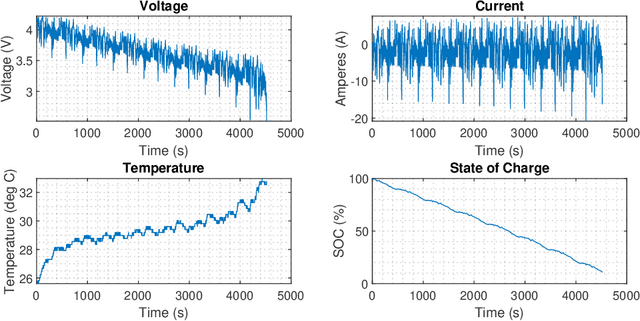
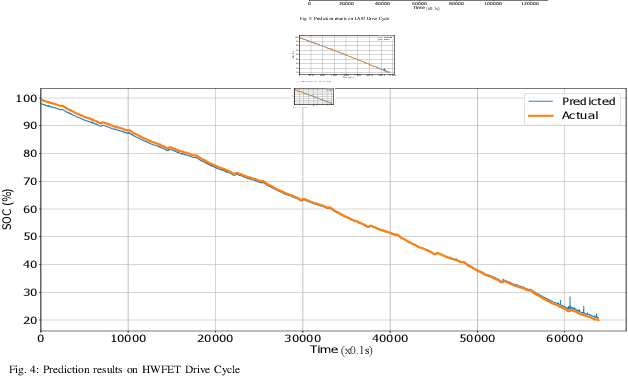
Abstract:Electric Vehicle (EV) fleets have dramatically expanded over the past several years. There has been significant increase in interest to electrify all modes of transportation. EVs are primarily powered by Energy Storage Systems such as Lithium-ion Battery packs. Total battery pack capacity translates to the available range in an EV. State of Charge (SOC) is the ratio of available battery capacity to total capacity and is expressed in percentages. It is crucial to accurately estimate SOC to determine the available range in an EV while it is in use. In this paper, a Temporal Convolution Network (TCN) approach is taken to estimate SOC. This is the first implementation of TCNs for the SOC estimation task. Estimation is carried out on various drive cycles such as HWFET, LA92, UDDS and US06 drive cycles at 1 C and 25 {\deg}Celsius. It was found that TCN architecture achieved an accuracy of 99.1%.
Quasar Detection using Linear Support Vector Machine with Learning From Mistakes Methodology
Oct 02, 2020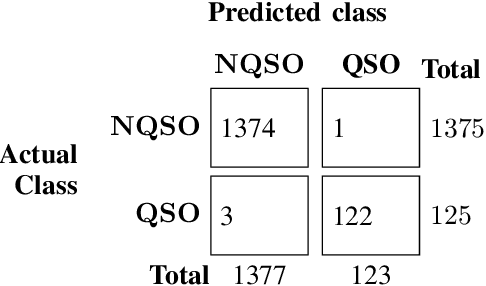
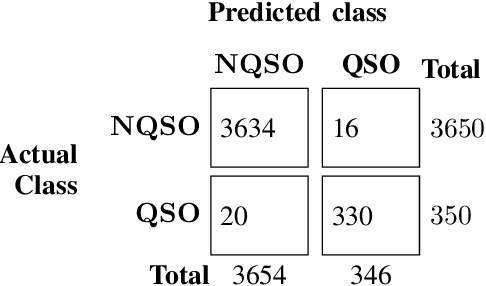
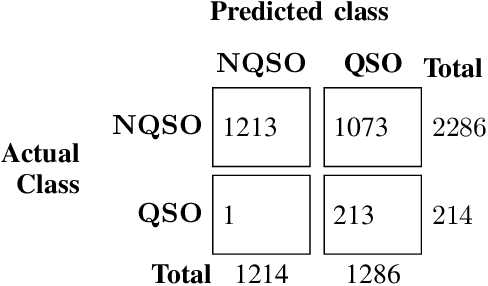

Abstract:The field of Astronomy requires the collection and assimilation of vast volumes of data. The data handling and processing problem has become severe as the sheer volume of data produced by scientific instruments each night grows exponentially. This problem becomes extensive for conventional methods of processing the data, which was mostly manual, but is the perfect setting for the use of Machine Learning approaches. While building classifiers for Astronomy, the cost of losing a rare object like supernovae or quasars to detection losses is far more severe than having many false positives, given the rarity and scientific value of these objects. In this paper, a Linear Support Vector Machine (LSVM) is explored to detect Quasars, which are extremely bright objects in which a supermassive black hole is surrounded by a luminous accretion disk. In Astronomy, it is vital to correctly identify quasars, as they are very rare in nature. Their rarity creates a class-imbalance problem that needs to be taken into consideration. The class-imbalance problem and high cost of misclassification are taken into account while designing the classifier. To achieve this detection, a novel classifier is explored, and its performance is evaluated. It was observed that LSVM along with Ensemble Bagged Trees (EBT) achieved a 10x reduction in the False Negative Rate, using the Learning from Mistakes methodology.
 Add to Chrome
Add to Chrome Add to Firefox
Add to Firefox Add to Edge
Add to Edge